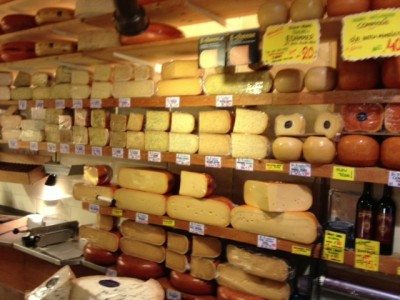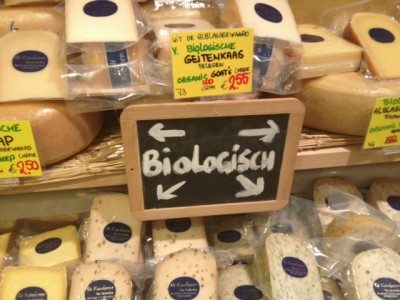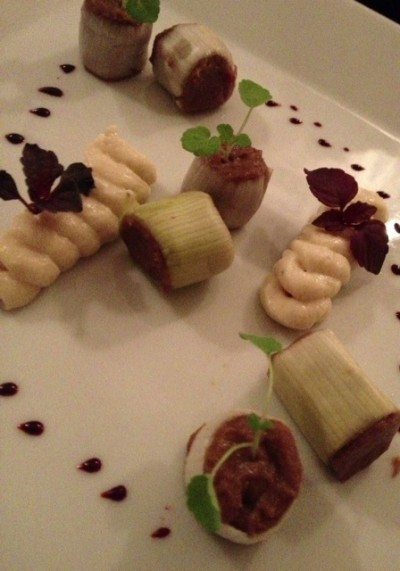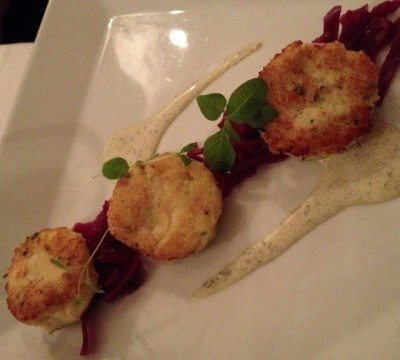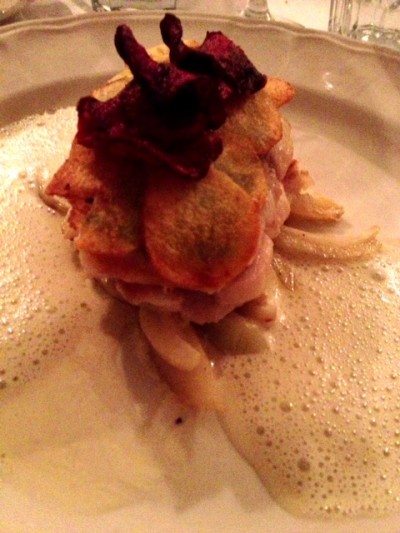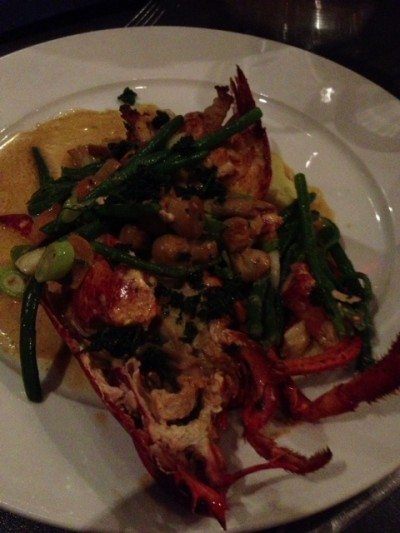While food and wine still do not rank as keywords for Amsterdam’s travel websites, it is time to cut the canal city some slack. Visiting Amsterdam as a young man in the 1980’s and 90’s conjured immersive travel images of great contrast to the Amsterdam we experienced this weekend. While our first day was reserved for battling jetlag and the kaleidoscope of Amsterdam memories that were perfect for another time long ago, this weekend was drawn up for serious food and wine exploration. This visit is driven by a craving for the growing local and natural food and wine culture spreading throughout Northern Europe, especially on the Scandinavian peninsula and this low lying Germanic infused Dutch zone.
If there are questions about the the legitimacy of Amsterdam’s claim to a changing culinary profile, then David Segal’s excellent New York Times piece on the new pizazz in Dutch dining will turn heads. And if you are inclined to start exploring, go armed with the link to Mark Schiefelbein’s excellent Amsterdam food blog DutchGrub. A day-1 stop into De Kaaskamer at Runstraat 7 to fill our houseboat’s refrigerator with tasty, cheesy sustenance uncovered enough local Dutch product to satisfy a month’s worth of indulgence. The shop is a cheese head’s sunny day dream with a serious organic (biologisch) orientation. Here are some images of what you can expect crossing the De Kaaskamer threshold:
 De Kaaskamer also sells pastas, salumis, and other tantalizing imported or local foodstuffs including a short but adequate wine selection where my traveling wino buddy from Bristol, England plucked a *** $12 2009 Argiolas Costera from Sardinia that we gulped down immediately with hunks of fresh local Boeren Oplegkaas (farmer’s artisan 2+ years aged Gouda) and local Oude kaas (Gouda aged 10-12 months just to turn creamy to hard). Even better wine shopping exists just a few storefronts down at De Wijnwinkel at Runstraat 23. The shop efficiently packs a very smart inventory into an extraordinarily tight footprint. I grabbed some of this Knoll Federspiel Grüner Veltliner and Kracher Zweigelt Beerenauslese to, well, quench tomorrow’s thirst and will return before I leave Amsterdam for more serious shopping.
De Kaaskamer also sells pastas, salumis, and other tantalizing imported or local foodstuffs including a short but adequate wine selection where my traveling wino buddy from Bristol, England plucked a *** $12 2009 Argiolas Costera from Sardinia that we gulped down immediately with hunks of fresh local Boeren Oplegkaas (farmer’s artisan 2+ years aged Gouda) and local Oude kaas (Gouda aged 10-12 months just to turn creamy to hard). Even better wine shopping exists just a few storefronts down at De Wijnwinkel at Runstraat 23. The shop efficiently packs a very smart inventory into an extraordinarily tight footprint. I grabbed some of this Knoll Federspiel Grüner Veltliner and Kracher Zweigelt Beerenauslese to, well, quench tomorrow’s thirst and will return before I leave Amsterdam for more serious shopping.
 Dinner at Greetje reflects a combination of proprietor René Loven’s memories of his mother’s traditional Dutch home cooking
Dinner at Greetje reflects a combination of proprietor René Loven’s memories of his mother’s traditional Dutch home cooking  and a vision for stylized prep of local, natural ingredients. The restaurant is an off the beaten path hideaway and monument to the traditional tastes of Holland wrapped in a cutting edge reflection of today’s food and wine movement anchoring itself around the city’s canal banks. A meal here is like a soft pillow of comfort, validating a vibrant food culture that is rewarding Amsterdam’s new food and wine explorers. A *** 2005 Lemothe Bergeron Crus Bourgeois for 45€ is a Bordeaux wine list steal and perfect accompaniment to Greetje’s traditional Dutch fare dressed to the hilt with current-day Amsterdam attitude. Here is a pictorial Greetje essay:
and a vision for stylized prep of local, natural ingredients. The restaurant is an off the beaten path hideaway and monument to the traditional tastes of Holland wrapped in a cutting edge reflection of today’s food and wine movement anchoring itself around the city’s canal banks. A meal here is like a soft pillow of comfort, validating a vibrant food culture that is rewarding Amsterdam’s new food and wine explorers. A *** 2005 Lemothe Bergeron Crus Bourgeois for 45€ is a Bordeaux wine list steal and perfect accompaniment to Greetje’s traditional Dutch fare dressed to the hilt with current-day Amsterdam attitude. Here is a pictorial Greetje essay:
We followed an early morning stream of locals toting empty shopping sacks to the Saturday Noordermarket. With Sunday omelettes on our minds, we scooped up today’s batch of fresh butter, ten (not a dozen, don’t ask why Netherland’s egg cartons accomodate just ten, not twelve) just laid eggs, and a batch of these mushrooms that grew larger with every passing second of withering restraint:
Cave Rokin, at Rokin 60, has occupied its same subterranean space for more than twenty five years. In 2000 one of it’s savvy collector-customers, Maarten Kuiper, gave up his career in music to join the shop. Marteen spent a half hour walking me through an oddball collection of past vintages for everything he likes to drink (everything in the shop!) especially from Alsace, Germany, Spain, Italy, and France. When I picked up a bottle of 2005 Mas Gassac from the Languedoc, he mentioned he had more than thirty vintages in his own cellar and has concluded that seven years was the perfect resting period for Mas Gassac. I snatched some old vintages of single vineyard Zind Humbrecht Riesling and regrettably left behind never-to-be-seen-again old single vineyard ZH Gewurztraminers. Older vintages of Pibarnon and a few bottles of 2008 Van Volxem Goldberg Riesling from Mosel’s once treasured vineyard along the Saar made it into my basket before I either had to stop or buy an extra suitcase.
The smart looking crowd and Amsterdam’s new foodie cognoscenti seem to favor ending their days at Bistro Neuf on Haarlemmerstraat 9. The buzz of service and charged up beautiful diners pours out of the restaurant. Not too far from Amsterdam’s Central Station, this tight and energetic food and wine temple makes it clear from the moment you show up that they are ready to take on the most demanding wine and food palates. The service is impeccable, friendly, and wine savvy. The dishes are creatively executed, all with natural and mostly local product. The wine list is serious, well thought out, sensible, and food friendly. We drank Beaujolais and St. Joseph as we picked our way through this completely satisfying specialty menu:
Besides the handful of overstuffed traditional high dining spots, it was the bakeries, pancake houses, Chinese, Indian and Indonesian fare that foodie visitors to Amsterdam once had to rely on. While we checked into some of those top spots with great results, it was the energy behind the Greetjes, wine sellers, farmers, and Bistro Neufs that put on a big enough show to support all claims that Amsterdam can now compete on the global stage for food and wine tourism.
